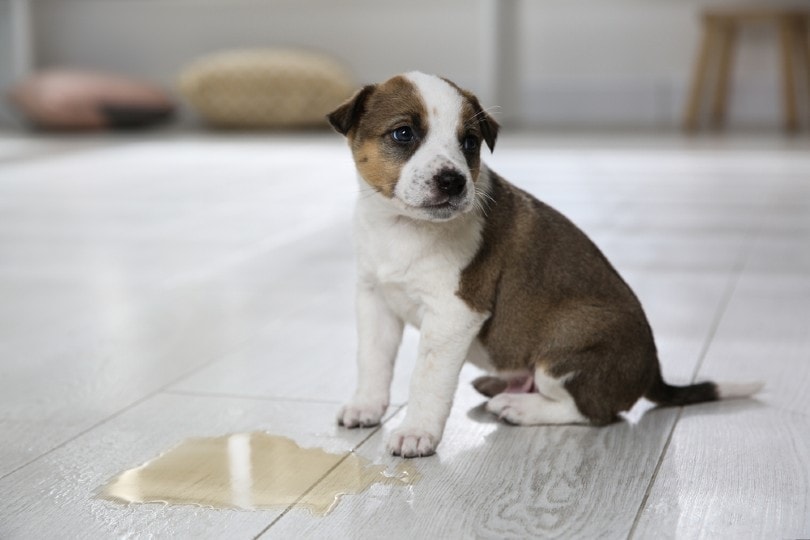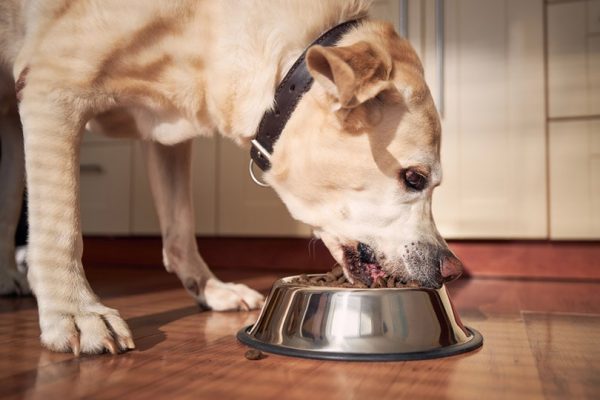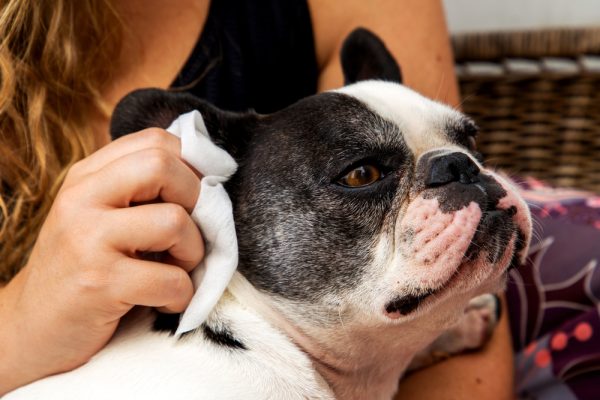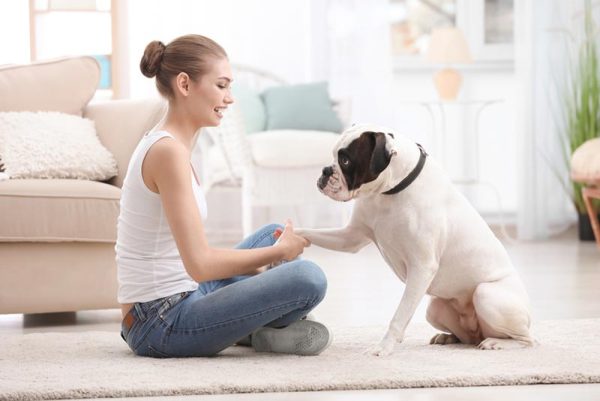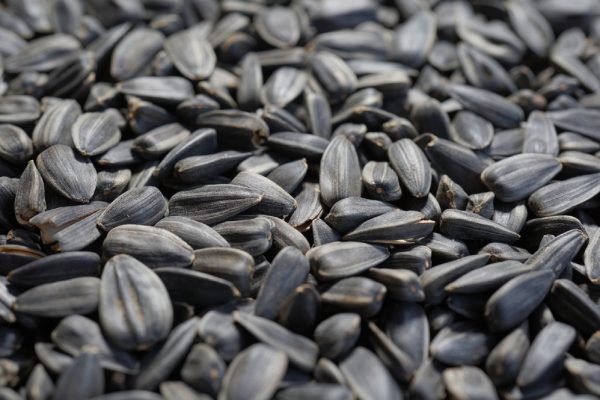In this article
Dog pee can have a pungent, distinct smell that can overtake a whole home if not dealt with properly. Whether you have a dog that intentionally urinates in the house or has accidents due to age or a medical condition, it is important to know how to clean dog pee from your floors.
Even with laminate floors, urine can soak into the flooring and subflooring, leaving a permanent odor. No matter the circumstances that caused your dog to urinate on your laminate floor, keep reading for more info on how to clean your floors properly.

Choosing the Right Products
Not all cleaning agents are designed to lift urine stains and odors and can sometimes even worsen these messes. Choose a product created to break down the compounds in pet urine so stains and unpleasant odors are gone for good!
Our Favorite Cleaner Hepper Advanced Bio-Enzyme Pet Stain & Odor Eliminator Spray is our favorite all-purpose cleaner for pet messes. It permanently lifts the very worst stains and odors, making clean-up and accident prevention a breeze. Hepper offers a 100% guarantee, which is a great bonus! Learn more about it here. At Dogster, we’ve admired Hepper for many years, and decided to take a controlling ownership interest so that we could benefit from the outstanding products of this cool pet company!
Rating
Image
Product
Details
Best Enzymatic Cleaner
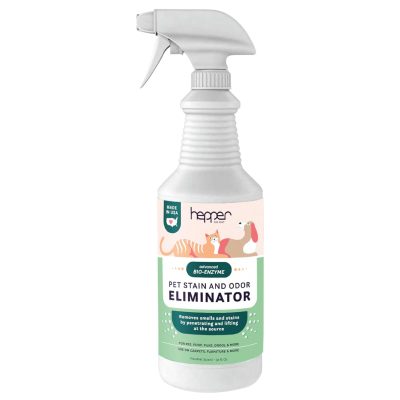
Hepper Advanced Bio-Enzyme Pet Stain & Odor Eliminator Spray
Check Price

How to Clean Fresh Dog Pee From Laminate Flooring
1. Soak Up the Mess

The faster you soak up the urine, the less likely it is to leave behind a stain or a lingering odor. Ideally, you should use a paper towel or towel to soak up the urine, gently dabbing the floor as you go. By dabbing instead of rubbing, you will be able to clean up as much urine as possible without pressing the urine further into the crevices of the floor. This will help prevent long-term odors from settling in your floors and subflooring.
2. Scrub the Floor
Using an enzymatic urine cleaner, scrub the parts of the floor that the urine came into contact with. If you don’t have an enzymatic cleaner, baking soda, and vinegar can both make cleaning solutions.
To use baking soda, you have two options for use. One is to sprinkle the baking soda directly on the floor and sweep or vacuum it up after 1–2 hours. The other option is to mix baking soda with warm water and create a paste that you can scrub the floor with. If you go the route of making a paste, allow it to sit for an hour or more, and then use a wet towel to clean up the excess.
White or apple cider vinegar can be mixed with water in a 1:1 ratio and sprayed on the areas of the floor that the urine contacted. Use a scrub brush or towel to clean the area thoroughly. Allowing the vinegar solution to dry on the laminate flooring will help reduce odors.
3. Repeat If Needed

Sometimes, dog pee will leave behind a strong odor no matter how quickly you start cleaning the mess up. You may need to repeat these steps to get your laminate flooring clean and free of the smell of dog pee.

How to Clean Dog Pee Stains from Laminate Flooring
1. Clean Any Surface Waste
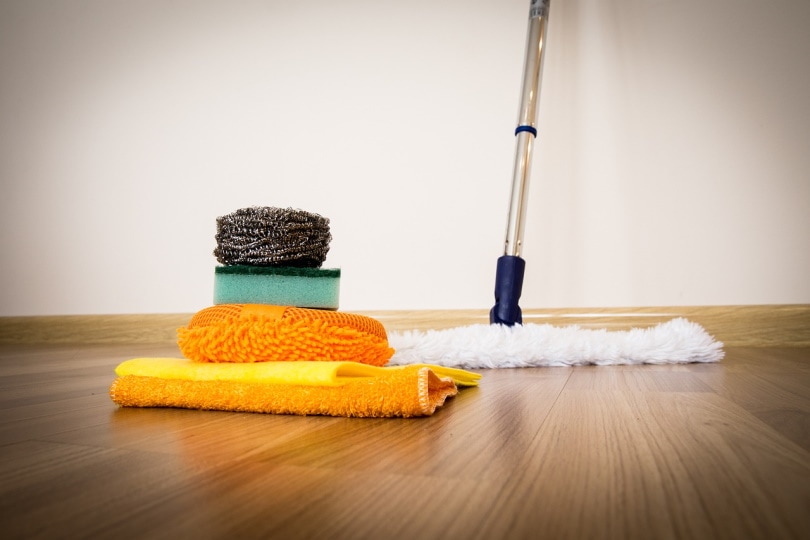
If you are dealing with fresh urine on top of a stain, make sure to clean any urine from the surface of the flooring. Otherwise, you may end up pushing odors and stains further into the floor, making things even worse.
2. Scrub the Floor
Using an enzymatic cleaner, vinegar solution, or baking soda paste, scrub the stained areas of the floor and any unstained areas where urine has been in contact with the laminate flooring. Thoroughly scrubbing the laminate flooring with the right cleaning supplies will give you the best shot at removing any stains and odors on or in the flooring.
3. Repeat If Needed
When dealing with set-in stains, you may need to repeat the initial floor cleaning steps multiple times. For visible staining, be prepared to use a little elbow grease to get the floor good and clean. For severe and set-in dog pee stains, it is likely to be hard work to see improvement in your flooring.
4. Replace Pieces of Flooring If Needed
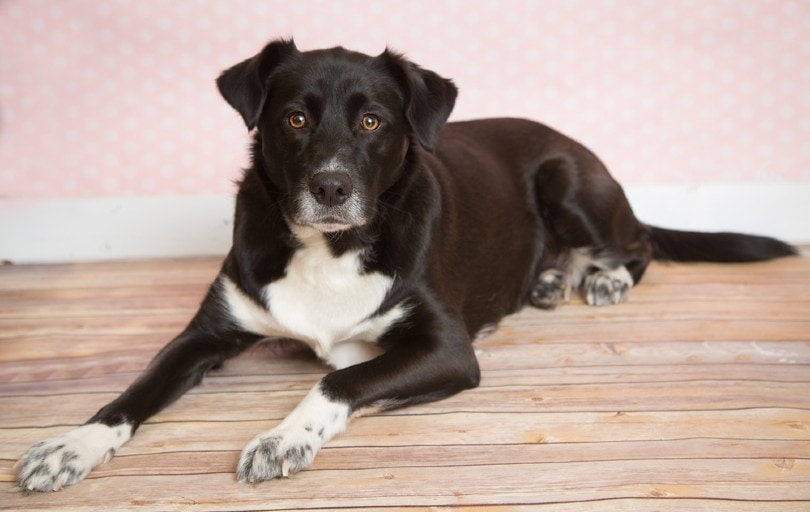
Sometimes, it doesn’t matter how hard you try! Dog urine can leave visible stains and potent odors behind, especially if your dog repeatedly pees in the same spot. The good news for you is that laminate flooring can be replaced in small pieces if needed. If you cannot successfully remove the stains and odors on your laminate flooring, consider replacing the stained areas.
Ideally, you should have a professional replace the stained laminate flooring pieces. Otherwise, you may end up with multiple small separations between pieces of flooring that will allow more urine to soak into the subflooring than would occur if the flooring is installed properly.

Why Isn’t Bleach Recommended?
There are two reasons that bleach is not recommended for cleaning urine stains. The top reason is that when combined with the ammonia from urine, bleach can create chlorine gas. This can be dangerous for you and your pets. Chlorine gas can irritate the skin, eyes, and respiratory tract. In large quantities or small spaces, chlorine gas can do permanent damage.
The other reason that bleach is not recommended for cleaning dog pee is that bleach is an effective cleaning agent, but it is not an effective odor remover. It does not neutralize odors, so while the strong smell of bleach can cover the smell of dog pee, once the bleach smell dissipates, the dog pee odor will return.
Bleach can be highly effective when cleaning stains from surfaces, including laminate flooring. However, if your laminate flooring has stains from dog pee, then there is likely a significant amount of urine that has been soaked into the flooring. The high amount of dog pee remaining in and on the flooring increases the risk of chlorine gas being created with bleach use, and it ensures that you will not successfully remove the odor of the urine with bleach.

Conclusion
The good thing about laminate flooring is that it’s not as absorbent of liquids as some other types of flooring. However, it can absorb some stains and odors, so it’s necessary to know how to clean your laminate flooring properly.
If your dog regularly pees in your house, it’s important to identify why and begin working on remedying this issue. If your dog has a medical issue causing accidents, then your dog needs to see the vet. If it is a behavioral issue, you will need to start looking into training options to help your dog succeed with housetraining and save your floors.
Related Reads:
Featured Image Credit: New Africa, Shutterstock
